|
Copyright Scott Bourne – shot wide open at f/1.4 (Panasonic GX8 – ISO 200 – 1/320 sec – hand held) with Panasonic Leica DG Summilux 12mm f/1.4 lens DISCLAIMER: Crop factor and the associated focal length multiplier only affects field of view. I prefer to reference this as effective focal length but others use FOV. Feel free to use whichever term you like. If you love a smooth, creamy bokeh, and you own a Micro Four Thirds (M43) camera, pay attention. THIS is the lens you really want. It comes from the very interesting pairing of Panasonic and Leica. There are several co-branded (and fantastic) lenses in the Panasonic lineup that are worth a look and Leica has a lot to do with that. Let’s face it – Panasonic was smart to team up with the Germans. Let’s also just get this out of the way. When Leica is involved, you can immediately assume that this is going to be something fantastic. I have owned a few Leica cameras and lenses during my lifetime and every single time I touch Leica glass I feel lucky. It’s just special. When I found out about the Panasonic/Leica lenses I got very excited because I knew these lenses would be very good but, also affordable (comparatively speaking.) This super wide lens from Panasonic/Leica is luxurious – that is the only word I can think of to describe the Panasonic 12mm f/1.4 ASPH Leica DG SUMMILUX lens for M43 cameras. Product Highlights This is a very special lens indeed. With an equivalent focal length of 24mm, the Lumix 12mm is the widest angle lens in the Panasonic lineup (short of fisheye lenses.) Like all lenses that contain the word Leica, it’s expensive. Great stuff usually is. At just under $1300 it’s one of the most expensive M43 lenses you can buy. Why so expensive? You can surmise all the usual reasons but let’s start with the basics. It’s a 12-ounce, small, well-built, piece of glass offering supreme optical performance with a fast f/1.4 aperture and that will get you a higher price tag every time. But compare that with native Leica glass and you can see it’s not THAT expensive. In the end, the most important point to be made about price is this. If it’s worth it, and you can afford it, who cares? This lens is worth it. In my initial tests, (not using scientific machines but just my highly-trained eye) I can see almost no chromatic aberration, very minor vignetting and no noticeable distortion. Even wide open! That is remarkable in a lens of this focal length. The lens is stupid sharp, even at f/1.4. You might (MIGHT) notice some minor softness in the corners if you zoom in to 200% and look for it but it is essentially a non-issue and even the most ardent pixel peeper won’t find the slightest bit of softness by somewhere between f/2 and f/2.8. Refraction starts around f/8. (Note the stitching on the Camaro shifter at f/1.4 – very sharp and detailed.) On my test camera (a Panasonic GX8,) autofocus is blindingly fast and also very quiet. The quiet bit will be important to those who use their M43 camera for video. While I am constantly told in the camera forums that M43 lenses can’t deliver a beautiful bokeh, I can tell you that is simply not the case here. The Summilux 12 offers a lovely bokeh and I can’t think of a way it could be better. Build quality, is as you would expect, very rugged and the lens has the added benefit of being splash/dustproof. The lens mount, the barrel and yes – the hood – are thankfully – all made of metal. There is a traditional manual aperture ring on the lens barrel, which allows you to set the aperture in 1/3 steps. There are full aperture markings from f/1.4 to f/16 and the manual focus ring is easy to operate. Conclusion I have really enjoyed playing with this lens. I look forward to giving it a more detailed test later. Every time I mount it to my camera, a huge smile starts to creep across my face. It’s a true joy to use. If you buy a fast, very wide-angle lens, you probably want to shoot it wide open as much as possible. I can’t think of any other lens in this class that allows you to do that any better than the Panasonic 12mm f/1.4 ASPH Leica DG SUMMILUX. The new 12 (and the Panasonic LUMIX G Leica DG Nocticron 42.5mm f/1.2 ASPH Power OIS Lens) are big parts of why I think people should consider switching to M43. This glass is THAT good. I’ve run out of superlatives to describe this lens. It’s hands-down one of the best lenses in this focal range I’ve used. If you can afford it – buy it. Because it works on any M43 camera, it is a safe, long-term investment that will probably outlast you. Highly recommended. Product Details: Micro Four Thirds System 24mm (35mm Equivalent) Aperture Range: f/1.4 to f/16 Two Aspherical Elements One ED Element, Two UED Elements Weather-Resistant Construction Rounded 9-Blade Diaphragm
0 Comments
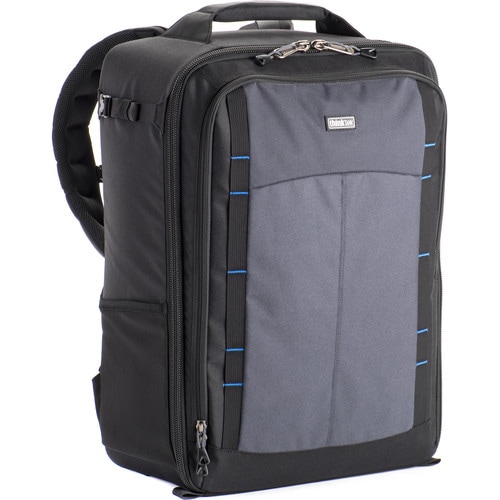 Welcome to the PPN (Photo Podcast Network) Twitter Contest. This contest starts April 21, 2017 and ends on May 30, 2017. The winner gets: Prizes: A brand new, THINK TANK AIRPORT HELIPAK V2.0 BACKPACK (PLEASE READ THIS PAGE CAREFULLY IT ANSWERS ALL YOUR LEGITIMATE QUESTIONS ABOUT THE CONTEST!) Heres how to enter. – Follow @Photopodcasts on Twitter (http://www.twitter.com/photopodcasts) (If you are already following no need to unfollow and refollow doing so repeatedly will get you permanently blocked and banned from our contests.) – Tweet the message you see highlighted below once! (There is no advantage to tweeting more than once. There is also no penalty for tweeting more than once, but you won’t have any better chance of winning and you may anger your own Twitter followers if you decide to tweet more than once. Please keep track of your own entry. We can’t (and won’t) respond to requests asking about entry status.) Here is the Tweet: “Follow @Photopodcasts for a chance to win a new AIRPORT HELIPAK V2.0 BACKPACK. RT this tweet for a second chance to win.” That’s all there is to it. All of our followers are automatically eligible as long as they meet the criteria below. Those who re-tweet about the contest receive a second entry. Official Rules: No purchase necessary to enter or win. 1. You must be 18 years or older to enter 3. You must send out the above tweet EXACTLY as it appears. A failure to do so will disqualify you. 4. Residents of Quebec are not eligible to enter or win. The contest is null and void if it violates your local laws. 5. The winner isresponsible for taxes (if any) incurred as winner. If you live outside the US you are responsible for any custom duties and shipping in the event you win. If you have a US mailing address ground shipping is free. 6. If users make lots of Twitter accounts in order to enter a contest more than once, they’re liable to get all of their accounts suspended. Anyone found to use multiple Twitter accounts to enter will be ineligible. 7. The winner will be randomly selected on May 30, 2017 by 6pm PST and notified via the photopodcasts.com blog and also via the @ScottBourne and @Photopodcasts Twitter accounts. Winner has 48 hours to claim their prize. In the event they fail to do so another winner will be drawn at random and so on until the prize is claimed. 8. You must have a free Twitter account to qualify for this contest. There is no other way to enter. 9. The odds of winning depend on the number of entries received. As always, if you are not a fan of such contests, please don’t participate. For those of you who do enjoy the contests, we’ll continue to try to find new prizes that will make it fun and interesting to be a part of the PPN family. Thanks for your support. NOTE: We reserve the right to substitute a different prize of equal or higher value in the event the prize becomes unavailable or to offer a cash equivalent paid in U.S. dollars to any winner. Due to the volume of e-mail we receive we cannot respond to individual inquiries about the contest. Please re-read the rules if you are unsure of how to proceed, everything is spelled out right there. Thank you. 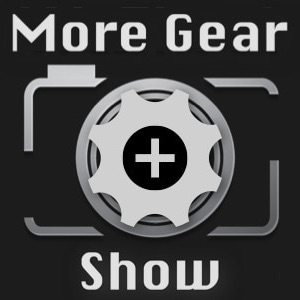 Very happy to report that the More Gear Show Podcast has launched. You can find episode #1 right here at http://www.photopodcasts.com/podcasts/more-gear-show-1-ppn-april-20th-2017
 I just got my first drone. And that of course means I need my first dedicated drone camera bag. Enter my good friends at Think Tank Photo who make some of the finest camera bags in the world and their new updated Think Tank Photo Helipak Backpack V. 2.0 has just been upgraded to fit my drone which is the DJI Phantom 4. Like all Think Tank backpacks this one is comfortable, well-designed and very sturdy. It’s been specifically redesigned to fit the Phantom 4 but based on my best estimate, it should fit any similarly sized drone just fine, DJI brand or not. One of the first things I’ve learned about drones is that they have even MORE accessories than the average camera and thankfully, the Airport Helipak has room for all that stuff and even has a dedicated 15” laptop compartment. The new design is carry-on compatible for both U.S. domestic or international airline travel. Its custom divider set allows maximum room for extra accessories and gear. According to Doug Murdoch, who is Think Tank Photo’s CEO, “We updated the backpack to carry a DJI Phantom 4, a 15” laptop, controller, GoPros, chargers, spare rotors, extra batteries, jacket, tools, and more. The contoured adjustable harness with lumbar support, articulated air-channel, removable padded waistbelt, and height-adjustable sternum strap enable comfort for travel into remote areas.” While I am personally unlikely to be traveling to many truly remote areas, the jungle known as today’s modern airport is just about the perfect proving ground for testing one of these bags. When you’re traversing an airport (or the open road) one thing that is very important is weight distribution and as usual, Think Tank has figured out how to do that just right with the new Helipak. After roaming SeaTac Airport all day with this bag on my back I wasn’t at all tired. THE DETAILS Like all of Think Tank’s camera bags, this one uses the best YKK RC Fuse zippers, 1680D Ballistic nylon bottom panel, metal hardware, and nylon webbing are the most durable, long-lasting materials on the market. There is the usual side pocket for tripod attachment or water bottle and did I mention plenty of room for accessories inside? Think Tank offers see-through mesh pockets for small accessories: rotor blades, screwdriver, cables, and just about anything else you can think of. NOTE: TSA was very invested in my supply of batteries and extra rotor blades so be prepared to make sure you are following all airline rules when you pack this thing up. Just because the bag can hold it doesn’t mean TSA wants you to bring it. Another feature I like about ALL Think Tank bags is their handles. While this may be something that doesn’t seem that sexy to many of you, it’s one thing that matters a great deal to me. I have had bags fail at the handle. And even if they don’t fail some are so darned uncomfortable that they might as well fail. After all you will be grabbing these handles to pull the bag from overhead bins, car trunks, and gear closets. It needs to be solid AND comfortable and I can attest that the handles on the Airport Helipak V2.0 Backpack are both. OTHER FEATURES The bag is water repellant, has ultra-stretch pockets, Y-buckles and antique finish metal hardware, big hole air mesh, nylon webbing, and 3-ply bonded nylon thread. PRODUCT SPECIFICATIONS Exterior Dimensions: 13.6” W x 19.7” H x 9.3” D (34.5 x 50 x 23.5 cm) Interior Dimensions: 13” W x 19” H x 8.3” D (33 x 47.8 x 21 cm) Laptop Compartment: 12.6” W x 17.3” H x 1.4” D (32 x 44 x 3.5 cm) Weight (with all accessories): 4.6 lbs. (2.1 kg) CONCLUSION I have never been disappointed by any bag made by Think Tank Photo and when I am torn between two brands, finding similarly situated bags, I almost always opt for the Think Tank brand because they just work. HIGHLY RECOMMENDED! You can order the Airport Helipak V2.0 Backpack from our partners at B&H. 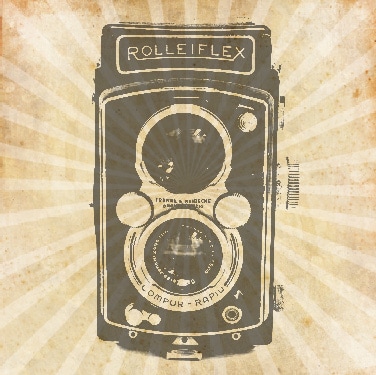 By Scott Bourne Marco and I do a podcast together called "We Shoot Mirrorless." We've been doing podcasts about mirrorless cameras for about two years in various places. But sometimes I want to talk about other kinds of camera gear or go into more detail on the mirrorless stuff so that's what this new show and blog will help me do. The More Gear Show will air monthly here at PPN and I'll regularly update this blog with random gear reviews that I hope you enjoy. So stick around because everyone needs more gear! |
Copyright 2017 - 2021 - All Rights Reserved


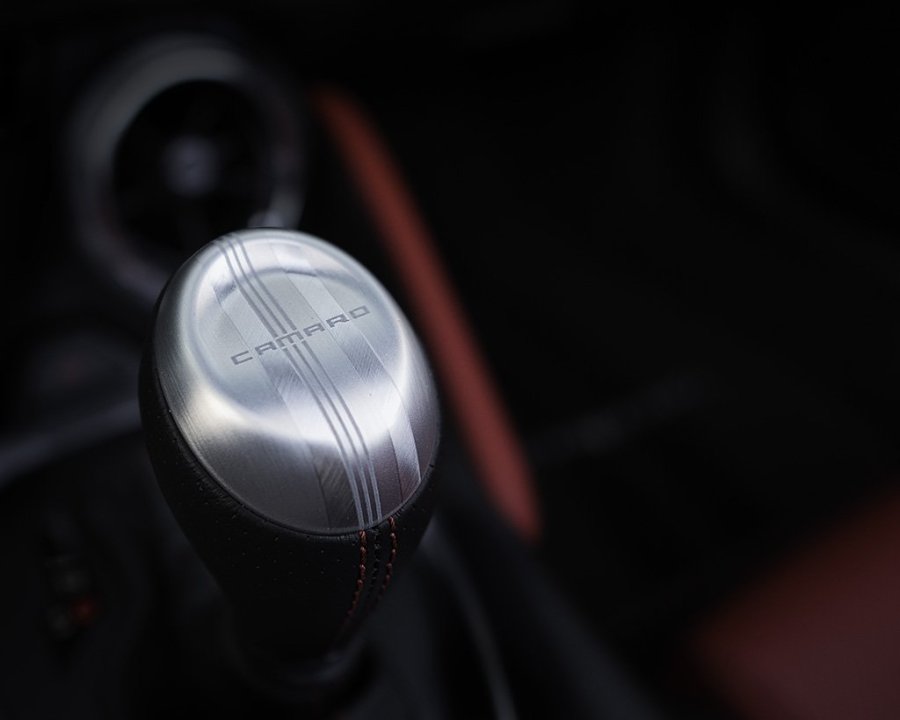
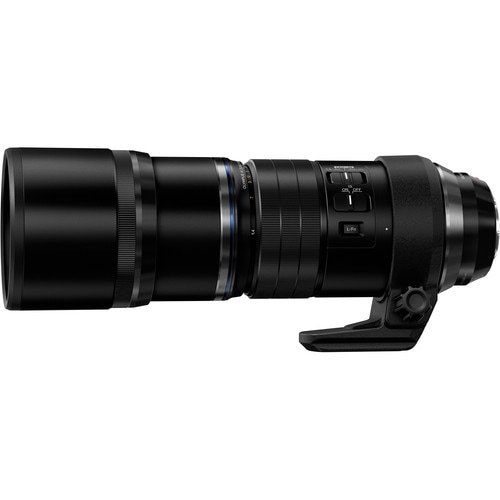
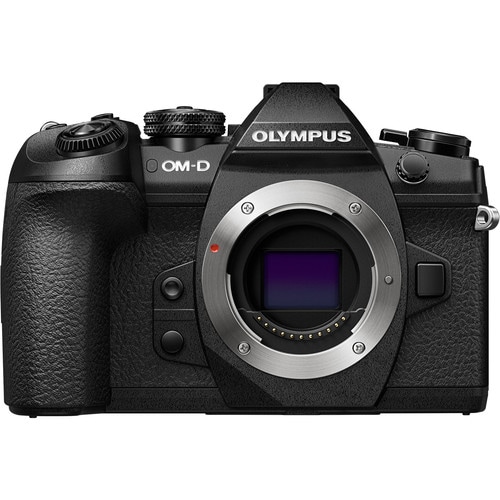
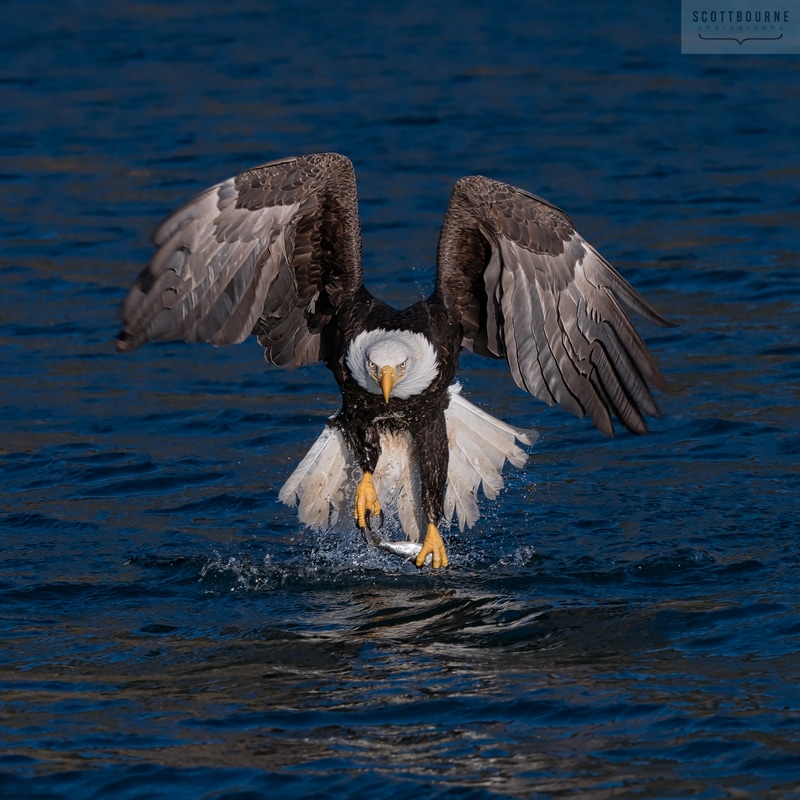
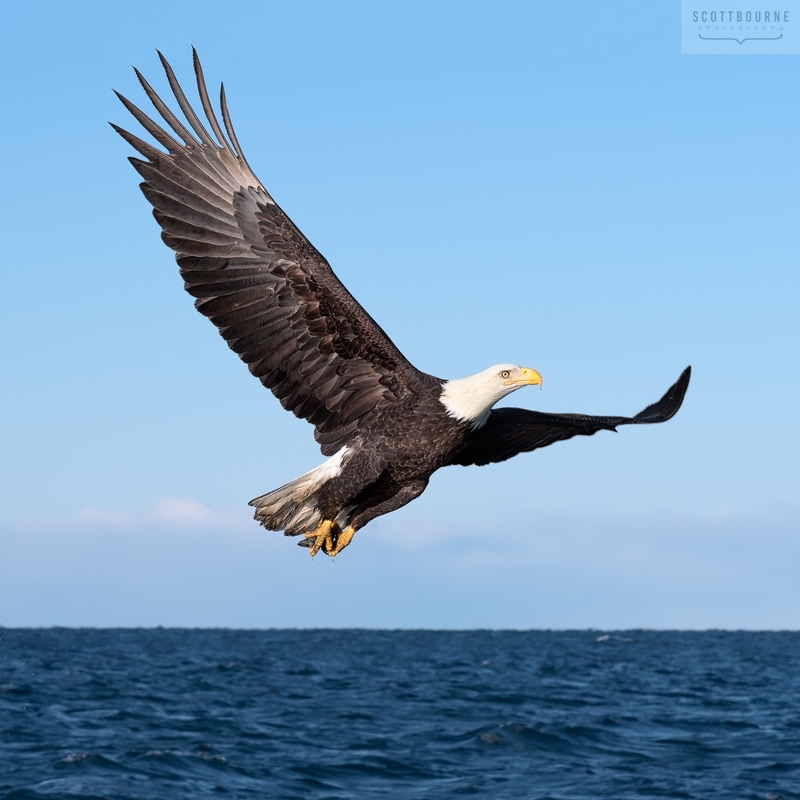
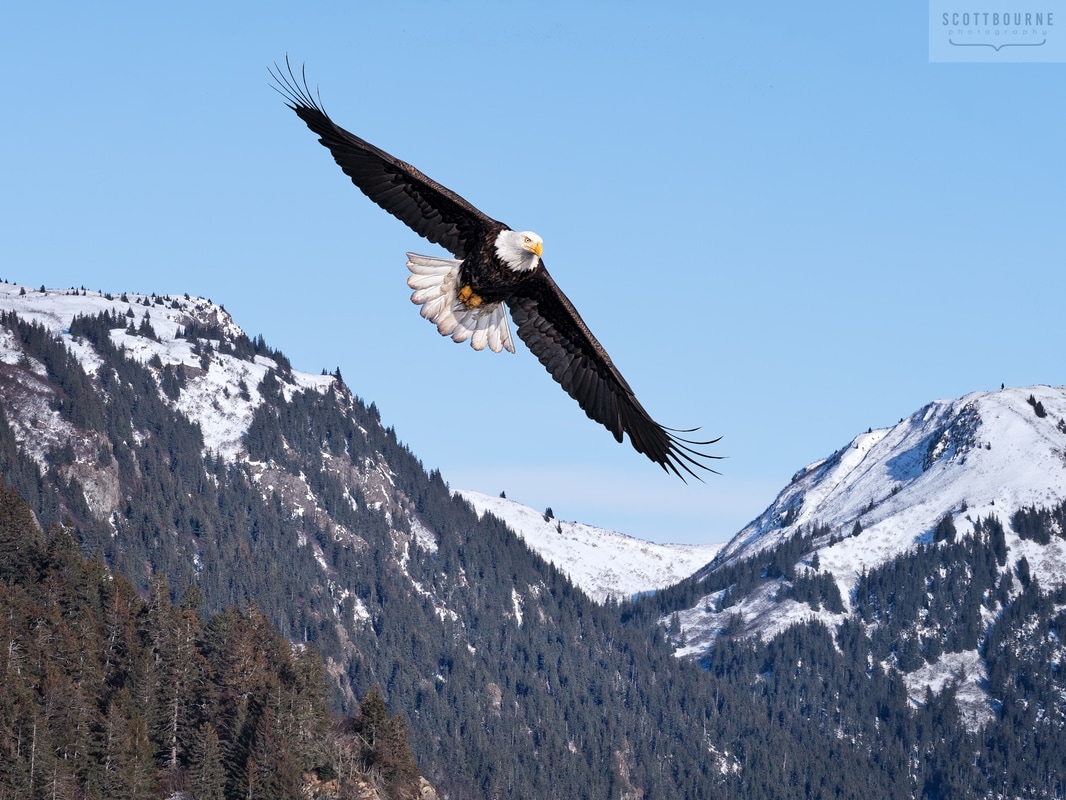
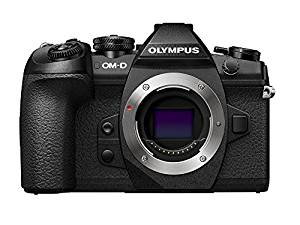
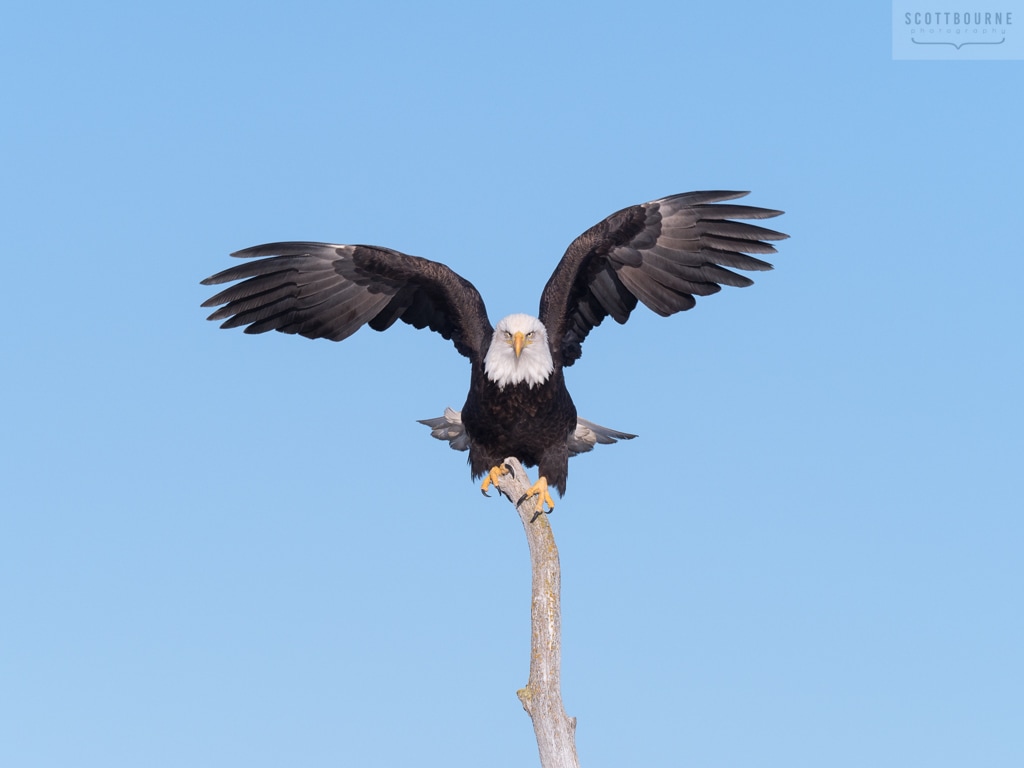
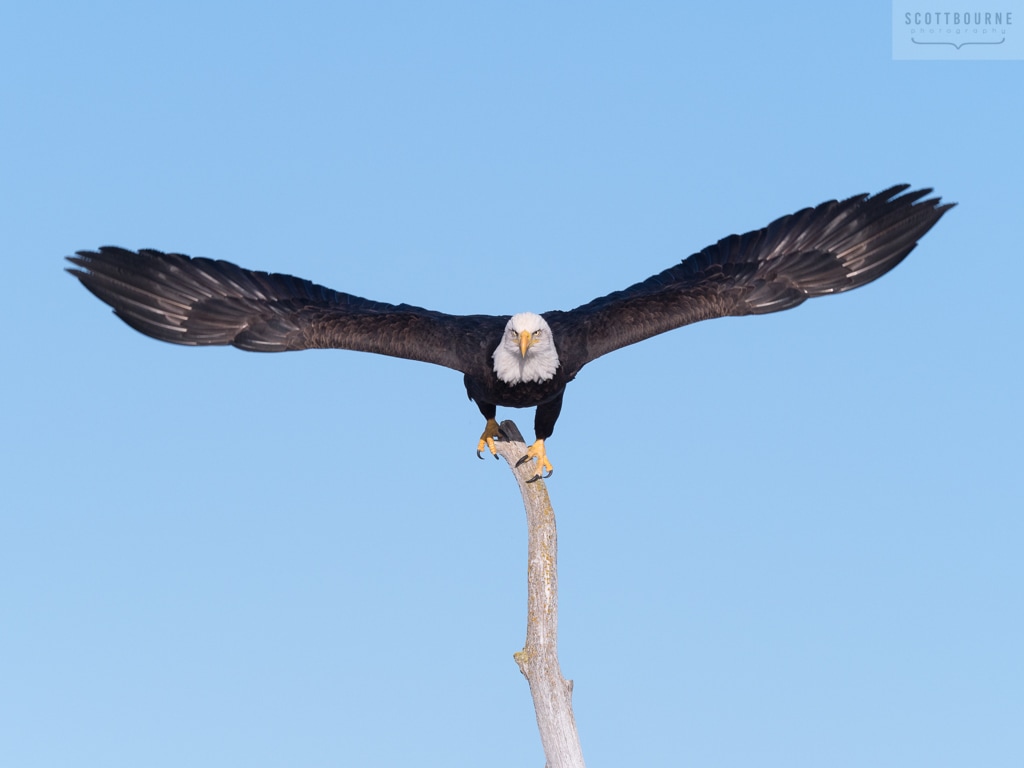
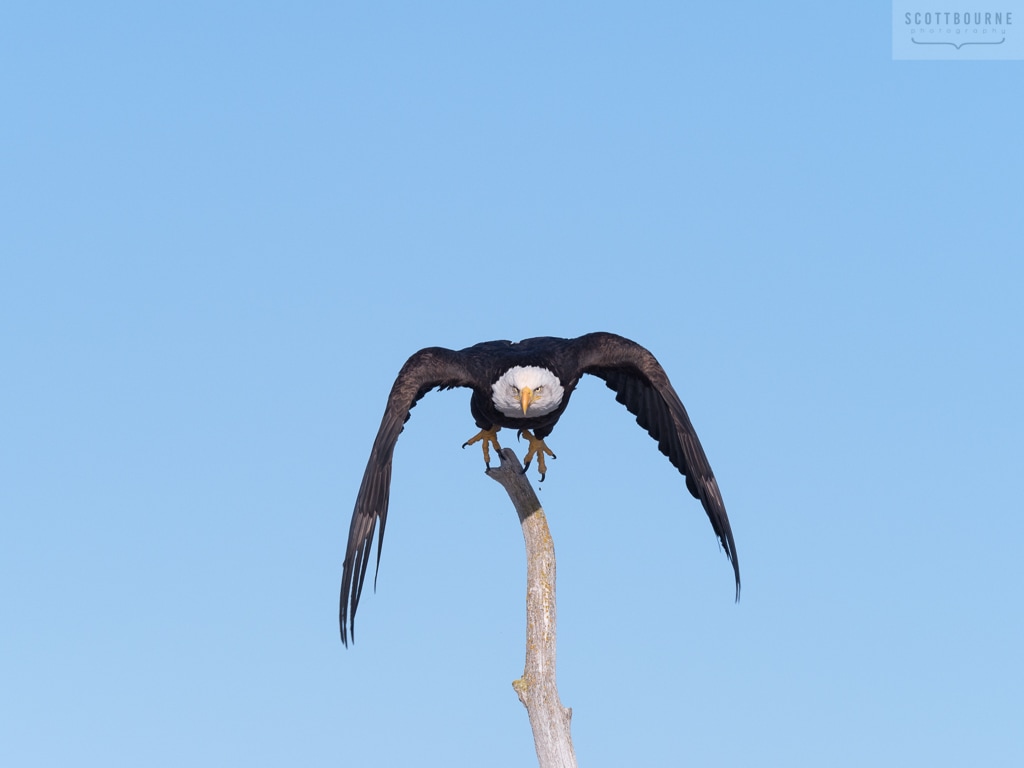
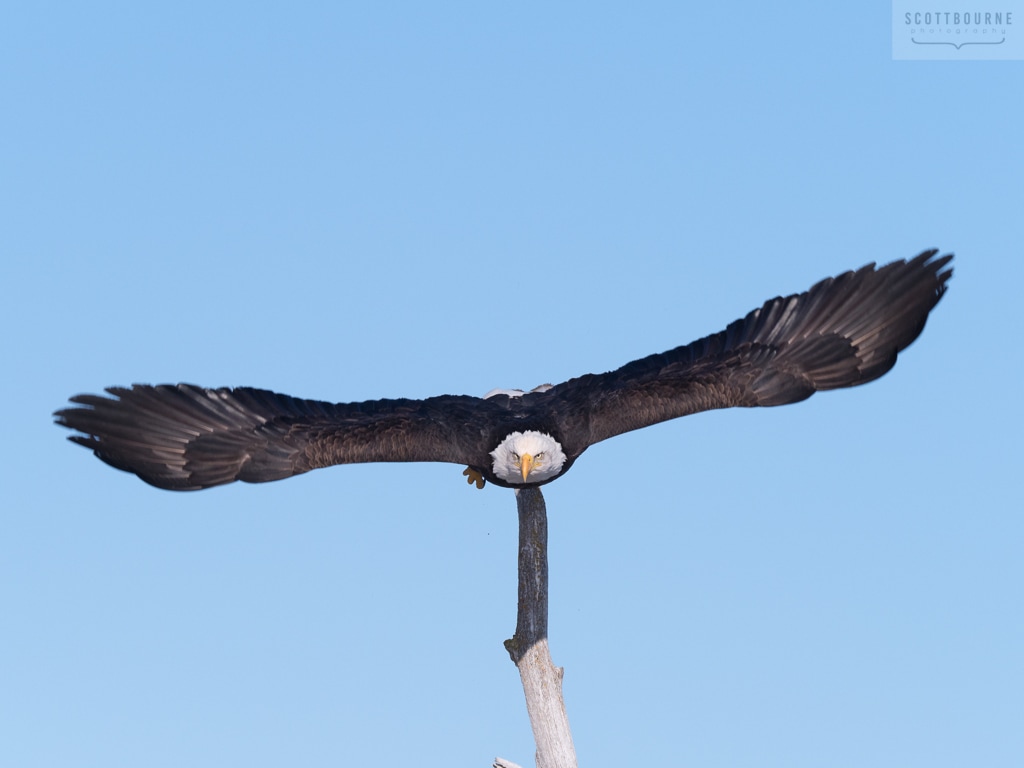
 RSS Feed
RSS Feed